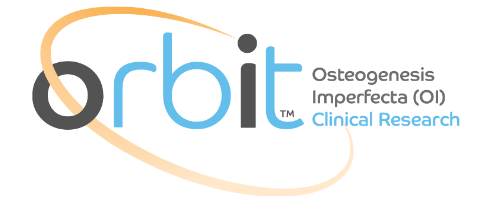Why are we doing this study?
The purpose of this study is to learn more about how a new medicine called setrusumab can reduce fractures compared to bisphosphonates in children with OI, as well as to study the safety of setrusumab. Setrusumab is called an investigational drug because it is still being researched and can only be obtained through a clinical study. The goal of the study is to learn more about the best use of setrusumab so that the data can be submitted to Health Authorities, like the FDA.
Your bones are a living tissue and the cells are constantly turning over— making new bone (bone formation) and breaking preexisting bone (bone resorption). Certain treatments for OI slow bone resorption. Less bone resorption can increase the density of bones, but the bone remains abnormal and some patients still have fractures. Setrusumab is expected to work in a different way. Setrusumab works by building new bone, as well as slowing bone resorption. In this study, we will see if children who receive setrusumab have fewer fractures over 2 years.
For more information, please visit
































